Lakes are some of the oldest and most fascinating natural features on Earth, with some having existed for millions of years. These ancient lakes provide invaluable insights into our planet’s geological history and support unique ecosystems that have evolved over millennia. Each of these holds a rich tapestry of life and history, so let’s explore the world’s oldest lakes, highlighting their age, location, and the remarkable features that make them so significant.
Lake Titicaca
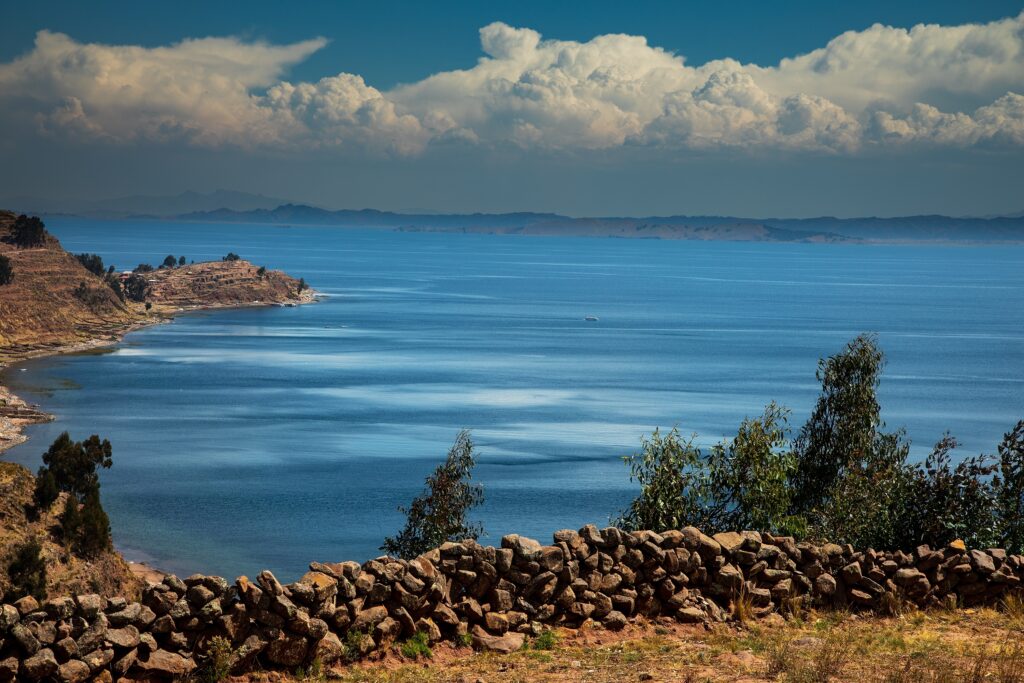
Lake Titicaca, the highest navigable lake in the world, is estimated to be around 3 million years old. Situated between Bolivia and Peru in the Andes, it has a surface area of 8,372 square kilometers (3,232 square miles) and a maximum depth of 281 meters (922 feet). It is renowned for its cultural and historical significance as the birthplace of the Inca civilization. Its waters are home to unique species, including the giant Titicaca water frog. The surrounding areas feature ancient ruins, such as those on the Isla del Sol, which draw many tourists. It remains a central part of the local economy, supporting both fishing and tourism.
Lake Ohrid

Lake Ohrid, situated between North Macedonia and Albania, is approximately 3-5 million years old. It covers an area of 358 square kilometers (138 square miles) and reaches a depth of 288 meters (945 feet). Known for its biodiversity, it is home to over 200 endemic species, including the famous Ohrid trout. It has been recognized as a UNESCO World Heritage Site due to its ecological and cultural importance. It is primarily fed by underground springs, with much of its water coming from nearby Lake Prespa. Its crystal-clear waters and stunning views make it a key attraction in the Balkans, with historical settlements along its shores.
Caspian Sea

The Caspian Sea, technically the world’s largest lake, formed around 5.5 million years ago. It spans 371,000 square kilometers (143,200 square miles) and reaches a depth of 1,025 meters (3,360 feet). Despite its name, it is an enclosed inland body of water with a low level of salinity. Shared by five countries—Russia, Kazakhstan, Turkmenistan, Iran, and Azerbaijan—it is a critical area for oil and gas exploration. It is a remnant of the ancient Paratethys Sea, which became landlocked millions of years ago. Over time, its water levels have fluctuated due to climatic changes and human activity.
Lake Biwa
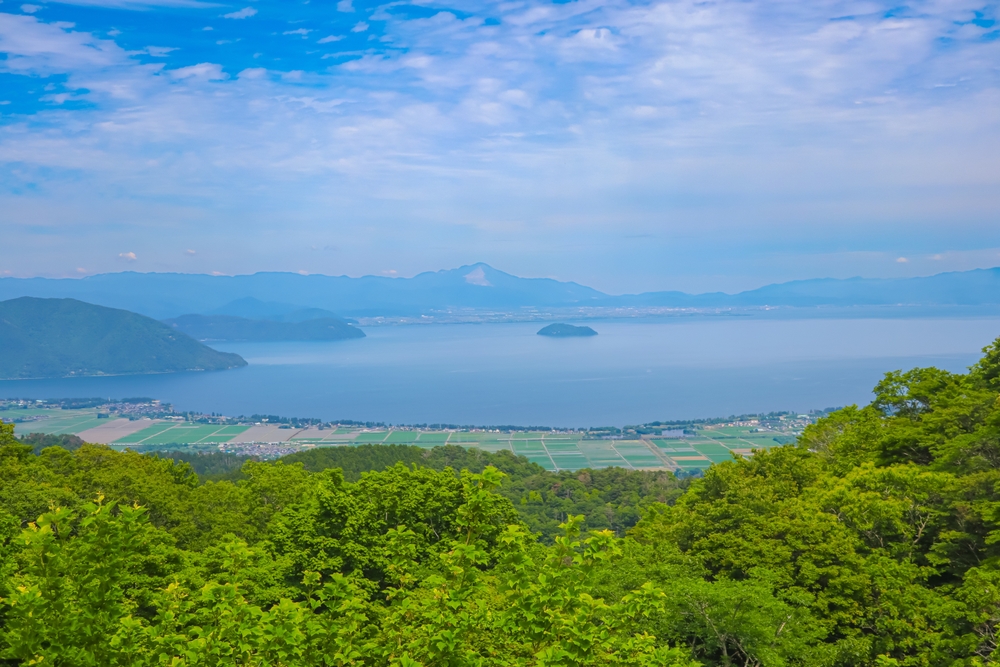
Lake Biwa, located in Japan’s Shiga Prefecture, is estimated to be 4 to 6 million years old, making it one of the youngest ancient lakes. This freshwater lake spans 670 square kilometers (258 square miles) with a maximum depth of 103 meters (338 feet). It plays a significant role in local culture and industries, such as pearl cultivation and fishing. It is a vital water source for nearby cities, including Kyoto, and supports a unique array of more than 1,000 species, some of which are endemic. Its picturesque surroundings, framed by mountains, have made it a popular destination for tourists. Additionally, it serves as an inspiration for Japanese poetry and art.
Lake Malawi
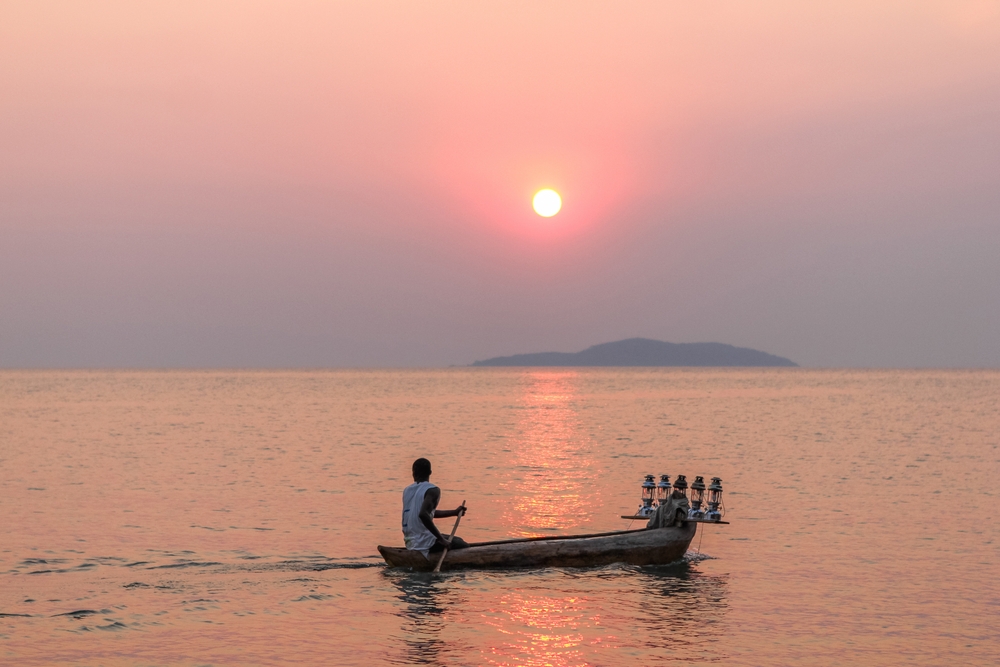
Lake Malawi, also known as Lake Nyasa, is the third-largest and second-deepest lake in Africa, with an estimated age of around 8 million years. It spans 29,600 square kilometers (11,430 square miles) and reaches a depth of 706 meters (2,316 feet). It is famous for its vibrant array of fish species, particularly cichlids, with over 1,000 species recorded, many of which are endemic. Its biodiversity has earned it UNESCO World Heritage status. It is located between Malawi, Mozambique, and Tanzania, and its tropical waters are a major resource for the surrounding communities, supporting fishing and tourism industries.
Lake Tanganyika
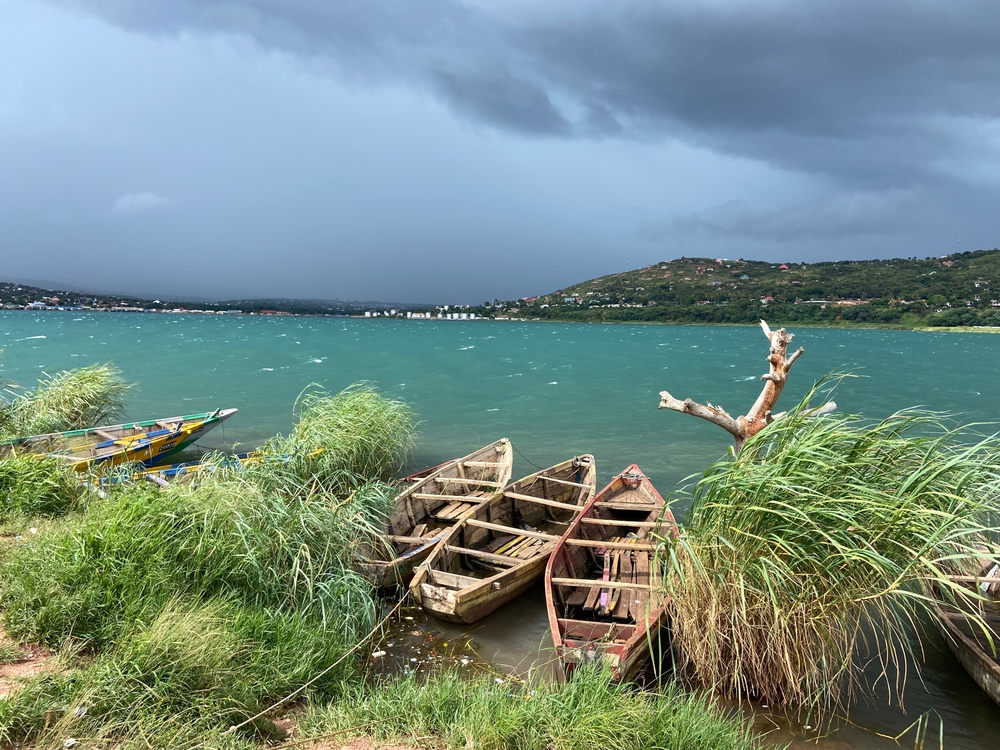
Lake Tanganyika, located in East Africa, is between 9 to 12 million years old, making it one of the oldest lakes on Earth. It stretches 673 kilometers (418 miles) in length and reaches a depth of 1,470 meters (4,820 feet), making it the second-deepest freshwater lake in the world. With a surface area of 32,900 square kilometers (12,700 square miles), it holds a massive volume of water. It is shared by four countries—Tanzania, the Democratic Republic of the Congo, Burundi, and Zambia. It is known for its rich biodiversity, including endemic species like the cichlid fish. It is a vital resource for the millions of people living in its basin, supporting fishing and tourism industries.
Lake Vostok
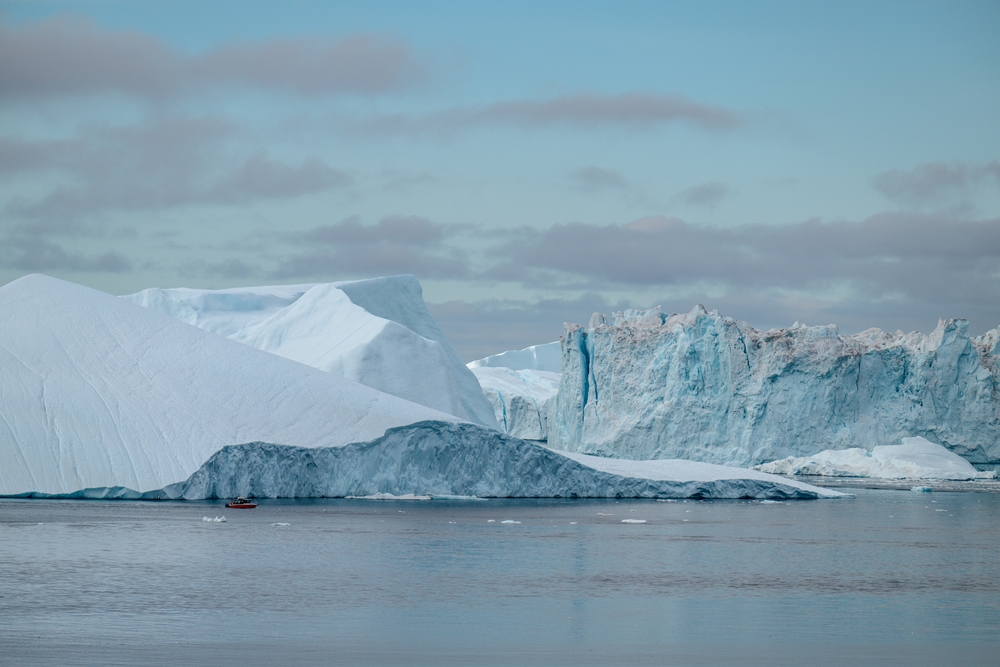
Lake Vostok, a subglacial lake located beneath the Antarctic ice sheet, is believed to be over 15 million years old. Measuring 250 kilometers (155 miles) in length and 50 kilometers (31 miles) in width, it is one of the largest subglacial lakes in the world. Buried under nearly 4 kilometers (13,000 feet) of ice, it has remained isolated from the rest of the world for millions of years, potentially harboring unique life forms. Scientists have drilled into the ice above Lake Vostok to study its waters, revealing the presence of ancient microbial life. It offers a unique glimpse into how ecosystems might survive in extreme environments.
Lake Baikal

Lake Baikal, located in southern Siberia, is the world’s oldest and deepest freshwater lake, dating back an estimated 25-30 million years. With a staggering depth of 1,642 meters (5,387 feet) and a surface area of 31,722 square kilometers (12,248 square miles), it holds about 23% of the world’s unfrozen freshwater. Its rift valley origin contributes to its exceptional depth and the presence of hot springs. It also harbors an impressive variety of life, with thousands of plant and animal species unique to its ecosystem. Its sediments provide critical insights into Earth’s climatic history. It remains tectonically active, with occasional seismic activity recorded in the region. Additionally, its clear waters and iconic landscapes have earned it UNESCO World Heritage status.
Lake Maracaibo
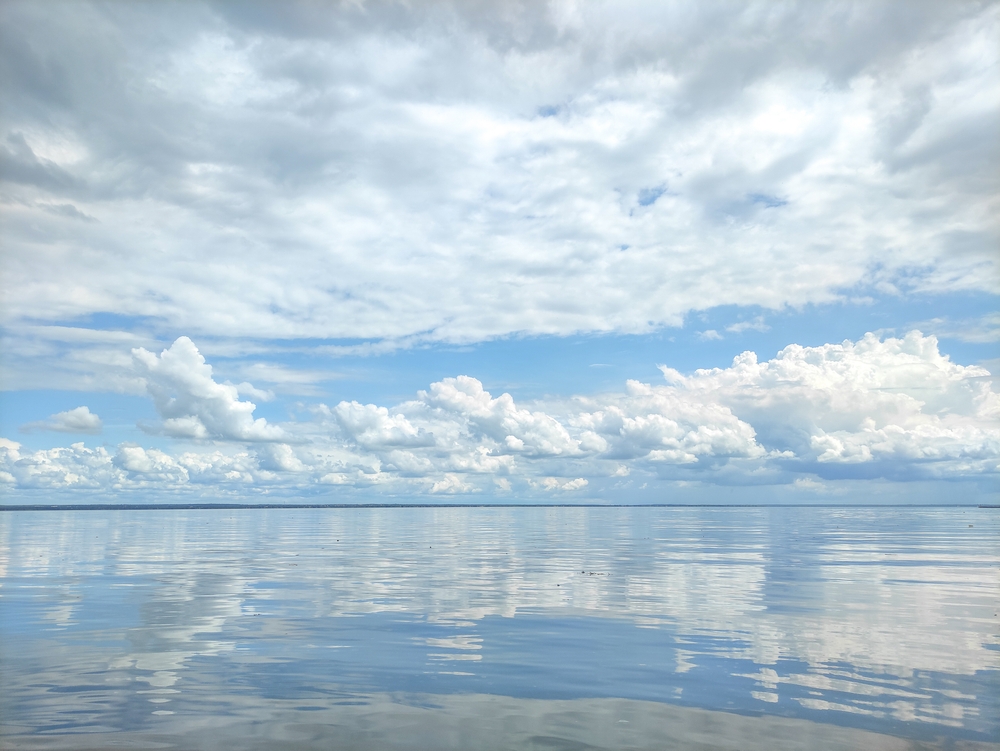
Lake Maracaibo, in Venezuela, is estimated to be 20-36 million years old. It is one of the largest natural lakes in South America, with an area of 13,210 square kilometers (5,100 square miles) and a maximum depth of 60 meters (200 feet). Although connected to the Caribbean Sea, it is often classified as a lake due to its geological history. It is a major petroleum-producing region, and its surrounding basin contains vast oil reserves. It is also known for the Catatumbo lightning phenomenon, which occurs frequently near its mouth. Its unique combination of geological and atmospheric features makes it an important study site.
Lake Zaysan

Located in eastern Kazakhstan, Lake Zaysan is estimated to be around 65 million years old, making it one of the oldest lakes in Asia. It spans 1,810 square kilometers (700 square miles) with a maximum depth of 15 meters (50 feet). It formed during the Cretaceous period, surviving through massive geological and climatic changes. Fed by several rivers, it supports a wide variety of fish species, making it an essential resource for the local fishing industry. Surrounded by mountains, it also plays a crucial role in the region’s ecosystem. It remains an important area of study for scientists interested in the geological history of the region.
This article originally appeared on Rarest.org.
More from Rarest.org
15 Extraordinary Aquatic Creatures Found in Coral Reefs

Coral reefs are home to some of the most extraordinary and unusual creatures in the ocean. These vibrant ecosystems are filled with species that have evolved unique adaptations to survive in their complex environments. Read More.
15 Most Notable Scientific Discoveries in History

Throughout history, countless scientific discoveries have transformed the way we understand the world and shaped the course of human progress. From breakthroughs in medicine to revolutionary theories in physics, these discoveries have not only solved complex mysteries but also laid the groundwork for future innovations. Read More.
20 Legendary Cities Lost to Time and Rediscovered

For centuries, the world has witnessed the rise and fall of great civilizations. Many of these cities, once bustling with life, were buried by time and forgotten by history. Read More.
